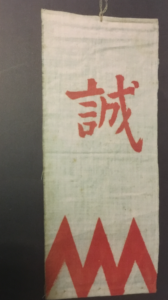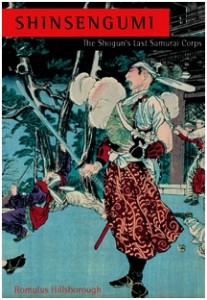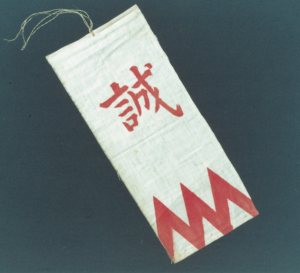
Both Shinsengumi leaders favored swords of greater than average length. Samurai generally carried two swords, one long and one short. The cutting edge of the average “long sword” measured about 2 feet, 2.5 inches. In the battle at Kofu in the spring of 1868, Kondo Isami reportedly wielded a particularly long sword of about 2 feet, 9 ½ inches. In the fall of that year, Hijikata Toshizo reportedly carried an even longer sword. As I wrote in Shinsengumi: The Shogun’s Last Samurai Corps, during the rebellion in the north, Hijikata, as a condition for accepting the command of confederate troops, demanded that his orders be strictly obeyed. “If any man defies [my] orders, . . . , I, Toshizo, will have to strike him down with my sword,” which he said was nearly three feet long.


